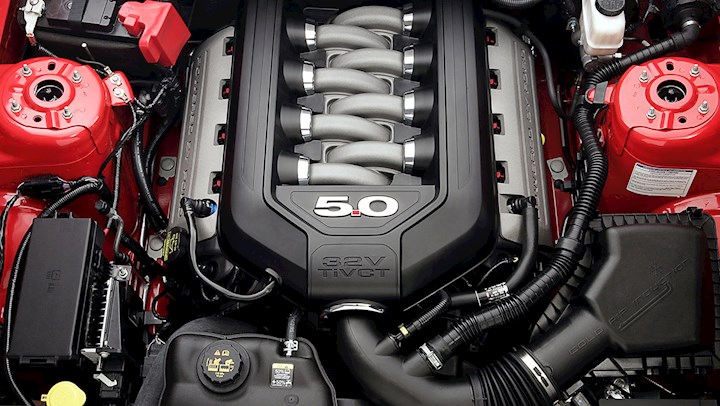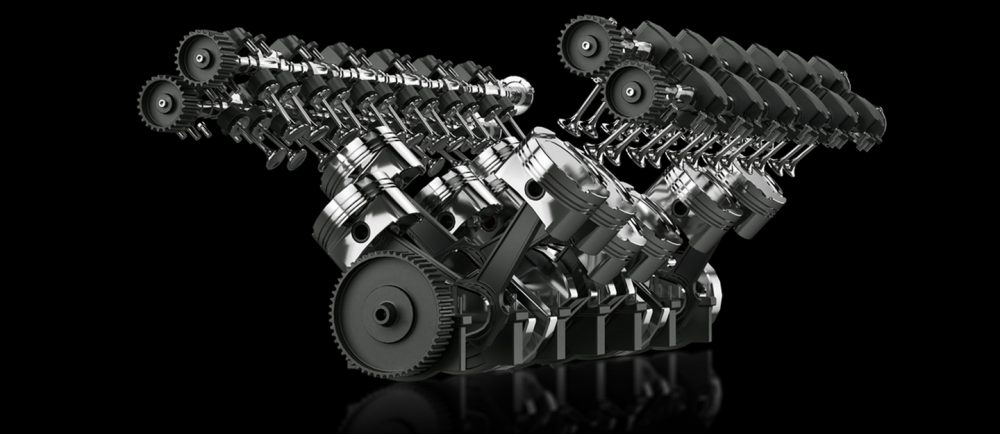When it comes to the heart of your vehicle, the engine, the numbers can sometimes be a little mystifying. Among the popular configurations are V6, V8, and V12 engines, each touting its own benefits and nuances. Dive deep with us as we explore the science and engineering behind these powerhouses.
V6 Engines: The Balanced Performer

V6 engines have found their place in many of today’s most popular sedans, SUVs, and even some high-performance vehicles. But what is the science behind their appeal?
Configuration: The ‘V’ in V6 denotes the arrangement of cylinders – they are configured in two banks, with three cylinders on each side, forming a ‘V’ shape.
Balance & Smoothness: One of the standout features of a V6 is its natural balance, reducing the need for balancing shafts, which in turn improves efficiency.
Fuel Efficiency: Generally, V6 engines provide a good compromise between power and fuel economy, making them suitable for a diverse range of vehicles.
V8 Engines: The Power Player

V8 engines are synonymous with American muscle cars, delivering the power and performance that enthusiasts crave. What sets them apart?
Configuration: A V8 engine, as the name suggests, consists of eight cylinders arranged in a V-shaped configuration, with four cylinders on each bank.
Torque: These engines often produce higher torque, which is the force that helps move the vehicle from a standstill. This makes them perfect for vehicles that need rapid acceleration.
Sound: The distinct roar of a V8 engine is unmistakable and is often associated with power and performance.
Reliability: Historically, V8 engines are known for their durability and longer lifespans, thanks to their robust construction.
V12 Engines: The Luxurious Powerhouse

Often reserved for luxury cars and high-performance sports cars, the V12 is the epitome of smoothness and power.
Configuration: A V12 engine has twelve cylinders in a V-shaped configuration. This means six cylinders on each bank.
Smoothness: Thanks to the higher number of cylinders, V12 engines have an almost unmatched smoothness. They have shorter strokes, which means less vibration and piston movement.
Performance: With so many cylinders firing, the power delivery is continuous, giving V12 engines incredible acceleration and performance metrics.
Status Symbol: A V12 engine is often seen as a marker of luxury, used by high-end brands to signify the pinnacle of their engineering.
Why Does the Configuration Matter?
Engine configuration affects several aspects of a vehicle’s performance, including:
Vibration and Balance: The more balanced an engine, the fewer vibrations it sends to the car’s body. This impacts the overall ride quality.
Power and Torque: The number and arrangement of cylinders can influence the amount of power and torque an engine produces.
Fuel Efficiency: More cylinders can mean more fuel consumption, but the engine’s design and vehicle’s weight play significant roles too.
Size and Weight: A V12 engine will naturally be larger and heavier than a V6, which can affect the vehicle’s handling and efficiency.
Future Trends: What Lies Ahead for V-Configured Engines?
While electric vehicles are gaining traction, the allure of internal combustion engines, especially V-configured ones, remains.
Hybrid Technologies: To meet stringent emission norms, manufacturers are blending V-configured engines with electric technologies to create hybrid vehicles.
Turbocharging and Supercharging: To get more power from smaller engines, turbocharging and supercharging are being increasingly used. This technology boosts the engine’s efficiency and power without significantly increasing its size.
Material Science: Advances in material science mean engines can be lighter, stronger, and more efficient, ensuring the longevity of V-configurations.
Our Take:
The science and engineering behind V6, V8, and V12 engines reveal a world of innovation, passion, and precision. Whether you’re seeking balance, power, or sheer luxury, understanding the intricacies behind these configurations can help in making informed choices and deepening appreciation for automotive engineering.





